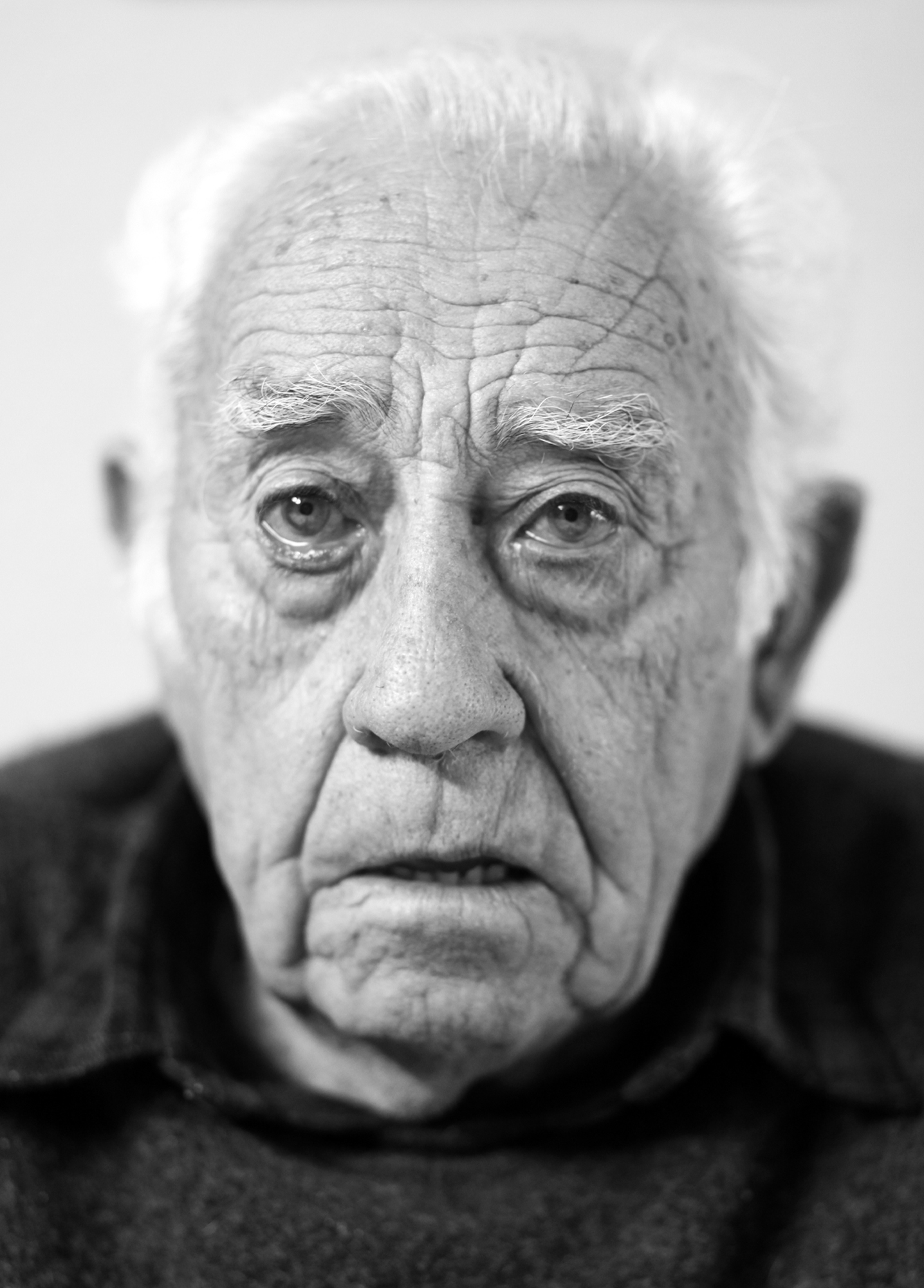The Categories of Family Violence
There are three main categories of family violence: child abuse and neglect, intimate partner violence, and elder abuse. In each instance there is usually intimacy (the people involved know each intimately) and a care relationship (one is responsible for the other’s care).
This makes family violence a family arena problem, but in some ways, the state arena is involved as well. While abuse is often physically seen and generally agreed upon, neglect is more difficult to identify because causes are often disputed and unclear. Feeding a child and keeping them safe fall under undisputed basic needs, but, outside of that realm, people in different societies and cultures have different ideas of what constitutes neglect causing a number of debates on where the line is drawn between family and state.

a broken teddy bear..image source: Sammy-Sander on pixabay.com, used with permission
Child Abuse & Neglect
Definition: physical, emotional, or sexual mistreatment of a child by a parent or caregiver that results in or risks serious harm to that child (Cohen, 2020, p.441). It includes biological, step, foster, and adoptive children.
The Convention on the Rights of the Child was adopted by the United Nations in 1989, which gives children under the age of 18 certain rights and protection as well as expectations of parents and caregivers (Cohen, 2020, p.445). Under this Convention, the well-being and best interests of the child are the primary concern. If the child is deprived of such care and concern, the state is obligated to step in and provide assistance (United Nations, 1989).
Children who live in poverty, in a household where adults commit violence, or with parents that have mental health problems, experienced child abuse themselves or have a criminal record, or in a family that is socially isolated are often more likely to experience abuse or neglect. These children are also more likely to have physical, emotional, and behavioral issues later in life (Reid, 2018).

a woman crying. image source: Vika_Glitter on pixabay.com, used with permission
Intimate Partner Violence (IPV)
Definition: abuse or violence between people who have been or are in a sexual romantic relationship (Cohen, 2020).
IPV can range from less severe violence, like shoving and slapping, to more severe violence, such as rape. Many incidences of IVP are not reported to authorities for a few common reasons. Some victims would rather deal with it on their own or felt that the police would not help or would show bias against them. The most common reason for not reporting the incidents is that the victim was afraid that the abuser would either get into trouble or lash out against the victim for reporting it.
Women are the most likely victims. Severe violence is especially common in younger women. Women who are in poor families are more likely to experience IPV than men, as are those in cohabitating relationships instead of married. Violence is likely common when substance abuse is involved as well (Cohen, 2020, p.447).
In seeking help to recover from abuse, women either stay put, remain local, and/or go elsewhere (Bowstead, 2021). Their journey depends on how they react to the violence and what kind of alternatives they have. Some areas in the country have more resources for abused women than others, causing a disproportionate allocation of services, making it harder for some women to benefit from such resources.

a sad elderly man. image source: Witizia on pixabay.com, used with permission
Elder Abuse
Definition: physical, emotion, or sexual abuse of older adults by someone they know.
The most common type of abuse reported by elderly adults is coercive control – threats, humiliation, insults, and/or some form of financial exploitation. Some elderly adults also experience sexual and physical violence, although these types of violence are rare (Cohen, 2020, p.446).
Elderly abuse is hard to identify and prevent in society because family members and caregivers in institutional areas are the most common abusers, and incidents go unreported. It is estimated that over 10% of elderly people age 65 and older suffer from some type of elder abuse every year (US Dept. of Justice, 2023).
Elder abuse is not reported often because it comes at the hands of family members or caregivers that they trust, it is difficult to prevent. Not only that, but different states have different definitions of elder abuse and neglect (Daly & Jogerst, 2001), so, it is also difficult to study.
Other Types of Violence
Rape & Sexual Violence
In many cases, rape and sexual violence are difficult to prove. There is often an argument over whether or not there was any consent given, especially if the victim is passed out from drug or alcohol use and unresisting, or if the people involved are in a sexual relationship.
Marital rape is also hard to prove. Until the 1970s, cultural norms held that sex in marriage was consensual (Cohen, 2020, p. 453). Today it is still commonly a silent threat – spouses suffer social isolation and post-traumatic distress (Bennice & Resick, 2003).
Incest
Incest is a facet of sexual violence that occurs between close family members. Fathers and uncles are common abusers (Ayu Kade Komalasari & Agung Sagung Poetri Paraniti, 2020) and children are usually the victims. PTSD (Post-Traumatic Stress Disorder) and shame are common problems in children who have experienced incest. As a result, occurrences of incest are quite often not reported.
Gay & Lesbian Sexual Violence
Violence between same-sex couples is often the same as violence between heterosexual couples (Cohen, 2020, pp. 457-458), however, the stigma of same-sex couples complicates their cases because of gender stereotypes.